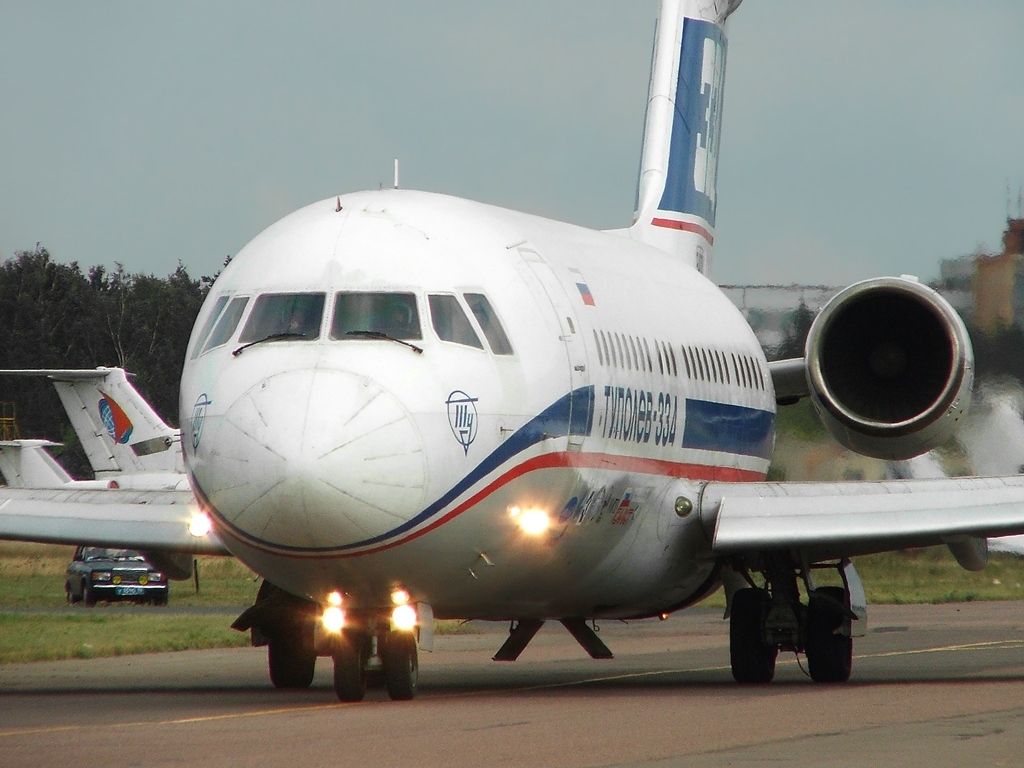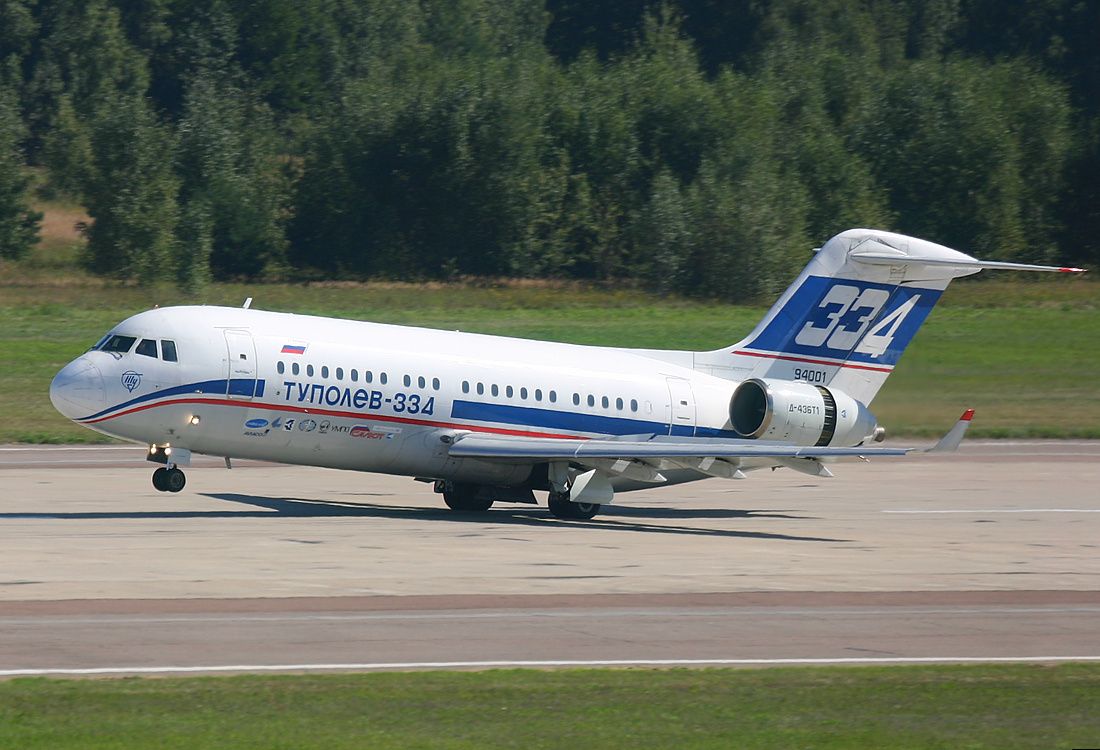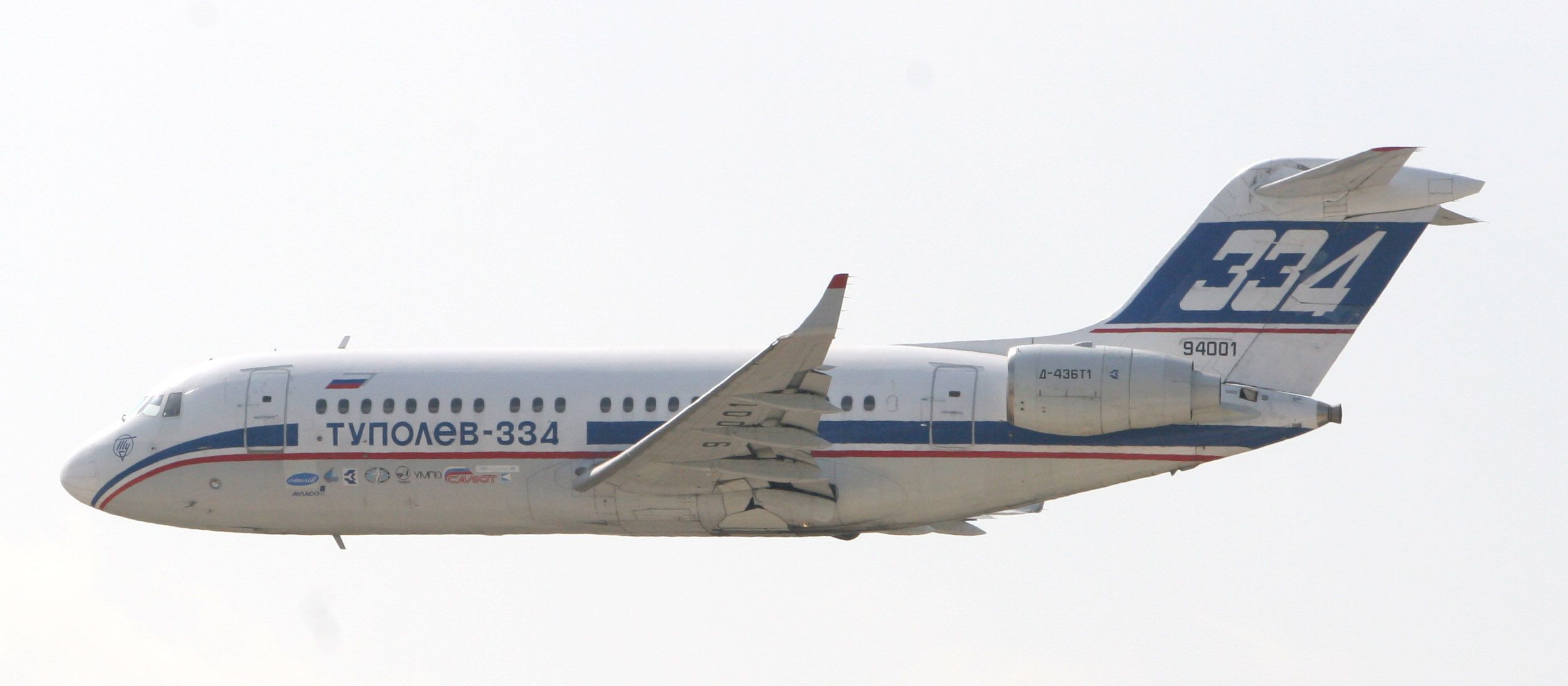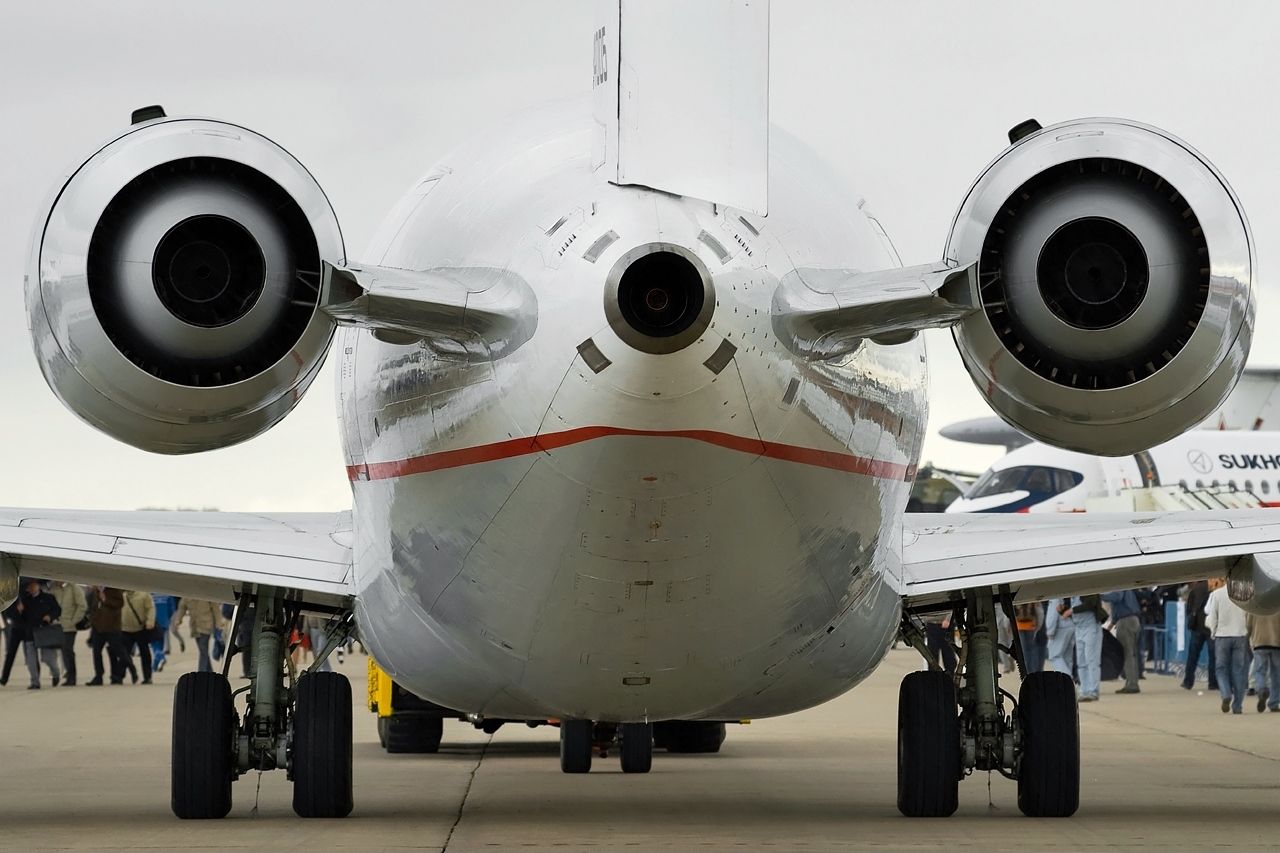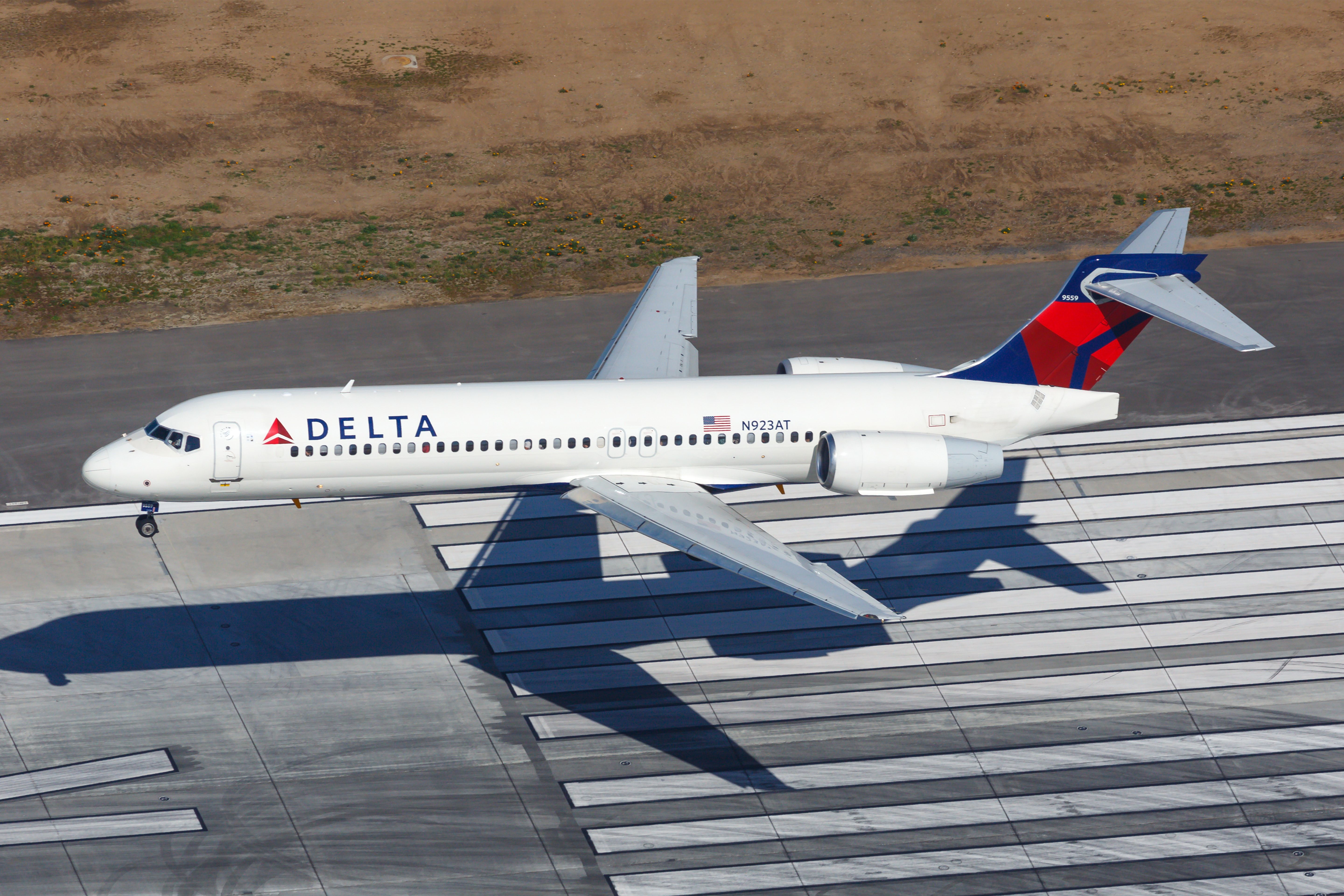Summary
- The Tupolev Tu-334 was among the most efficient Soviet airliner thanks to various features integrated into design, including T-tail and rear fuselage engines.
- Funding issues and slow development led to long delays, obtaining a type certificate only in 2003, 14 years after inception.
- Prospective orders and planned variants never materialized, leading to program cancelation in 2009.
The Tupolev Tu-334 was an advanced technology Russian airliner developed to replace the aging Tu-134 and Yak-42 that were in service. During its developmental stages, the aircraft was slated to begin flying in 1995 with Aeroflot, Russia’s flag carrier and one of the oldest active airlines in the world. Unfortunately, the Tu-334 never took off commercially, and the project was eventually scrapped in 2009.
Among the most efficient Soviet airliners
Introduced in early 1989, the Tupolev Tu-334 was a short-to-medium haul narrowbody jetliner modeled after the Tu-204 twinjet. Many of the latter’s features were incorporated into the design of Tu-334, including the wing and an identical flight deck. The fuselage was a thickened but shortened version of the much larger Tu-204.
Unlike the Tu-204, the new Tupolev aircraft had a T-tail with engines mounted on the sides of the rear fuselage rather than beneath the wings. Additionally, fuel and aerodynamic efficiencies paved the way for a promising future for the Tu-334.
Work on the Tupolev Tu-334 commenced in the early 1990s, albeit slowly due to funding issues caused by the breakup of the Soviet Union. Eventually, a prototype was unveiled at the Moscow Airshow in August 1995. The Tupolev Tu-334 had the following specifications:
- Length – 102 ft 7 in (31.26 m)
- Wingspan – 97 ft 8 in (29.77 m)
- Maximum takeoff weight – 105,601 lb (47,900 kg)
- Cruise speed – 510 mph (820 km/h)
- Range – 1,960 miles (3,150 km)
- Capacity – 102 passengers in an all-economy class configuration / 72 passengers in a two-class configuration.
It was not until more than four years later that the aircraft made its first flight. After some delay, a Russian type certificate was obtained on December 30, 2003 – more than 14 years after the aircraft type was incepted. In 2007, the Tupolev Tu-334 performed at the MAKS airshow in Moscow.
Planned variants and prospective orders
There were big plans for the Tupolev Tu-334. Over the years, eight variants of the Tu-334 were proposed: a combi, a stretched (by 21 inches / 54 cm) extended-range version, a cargo variant, one fueled by liquid natural gas, a further stretched (by 150 inches / 390 cm) version, and several variants with more powerful engines. However, none of these variants came to be built.
As of December 2006, Tupolev received firm orders from seven airlines and letters of intent from 24 airlines to purchase 297 Tu-334s. Then, in late 2008, it was reported that around 100 airlines had expressed interest in placing orders for the aircraft type.
One such customer was Iran, which had plans to assemble the aircraft in the country by 2011 and begin manufacturing in 2015. With this buoyant demand, the manufacturer announced that production was set to begin no later than January 2009. Things went quiet, however, and this target, never came to materialize.
Decades in the making
Then, in mid-2009, years behind the projected schedule, the Tupolev Tu-334’s long-drawn-out program finally came to a halt.
After over 34 years, and following a review of the Tupolev Tu-334 project during the renationalization of aircraft companies, the decision was made to cancel the development of the aircraft, focusing efforts instead on similar competitor aircraft such as the Sukhoi Superjet 100 and Antonov An-148.
While the Tupolev Tu-334’s design similarity to the Tu-204 was meant to reduce development time and costs, this ultimately proved to not be the case. The program spanned three decades and cost over $4 billion.
Furthermore, while only two Tu-334s were ever produced, both of which were prototypes, the Tu-204, which made its first flight 34 years ago, proved to be much more successful, and is still in commercial service. The Tu-204 is currently operated by a number of carriers around the world, including Cubana de Aviación, Air Koryo, and Red Wings Airlines.
Stay informed: Sign up for our daily and weekly aviation news digests.
A would-be competitor to the Boeing 717
Had it gone into mass production, one of the Tupolev Tu-334’s closest competitors would have been the Boeing 717, which did prove to be a relative commercial success for the US manufacturer. The 717 can carry up to 106 passengers in a two-class configuration, making it slightly larger than the Tu-334.
Photo: Markus Mainka | Shutterstock
Over the course of just eight years, a total of 156 Boeing 717s were produced, of which just under 100 are still in service today, with the following airlines:
- Delta Air Lines
- Hawaiian Airlines
- QantasLink.


